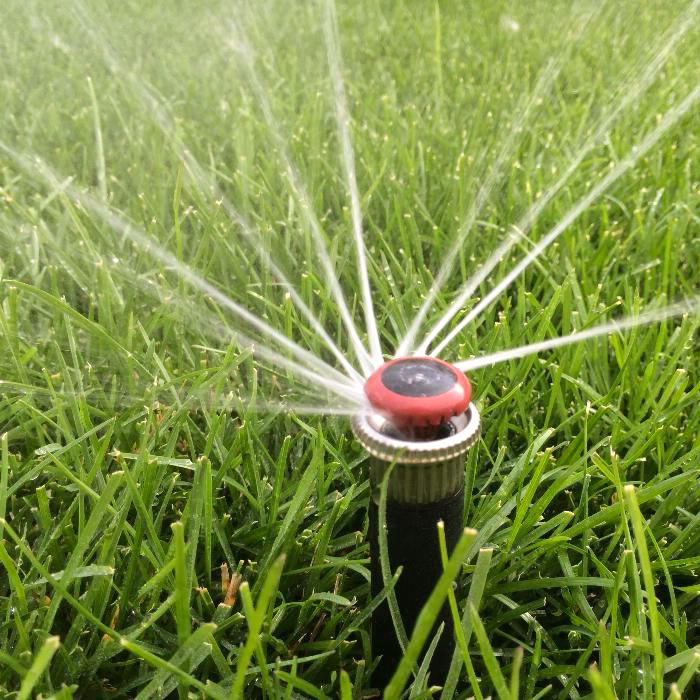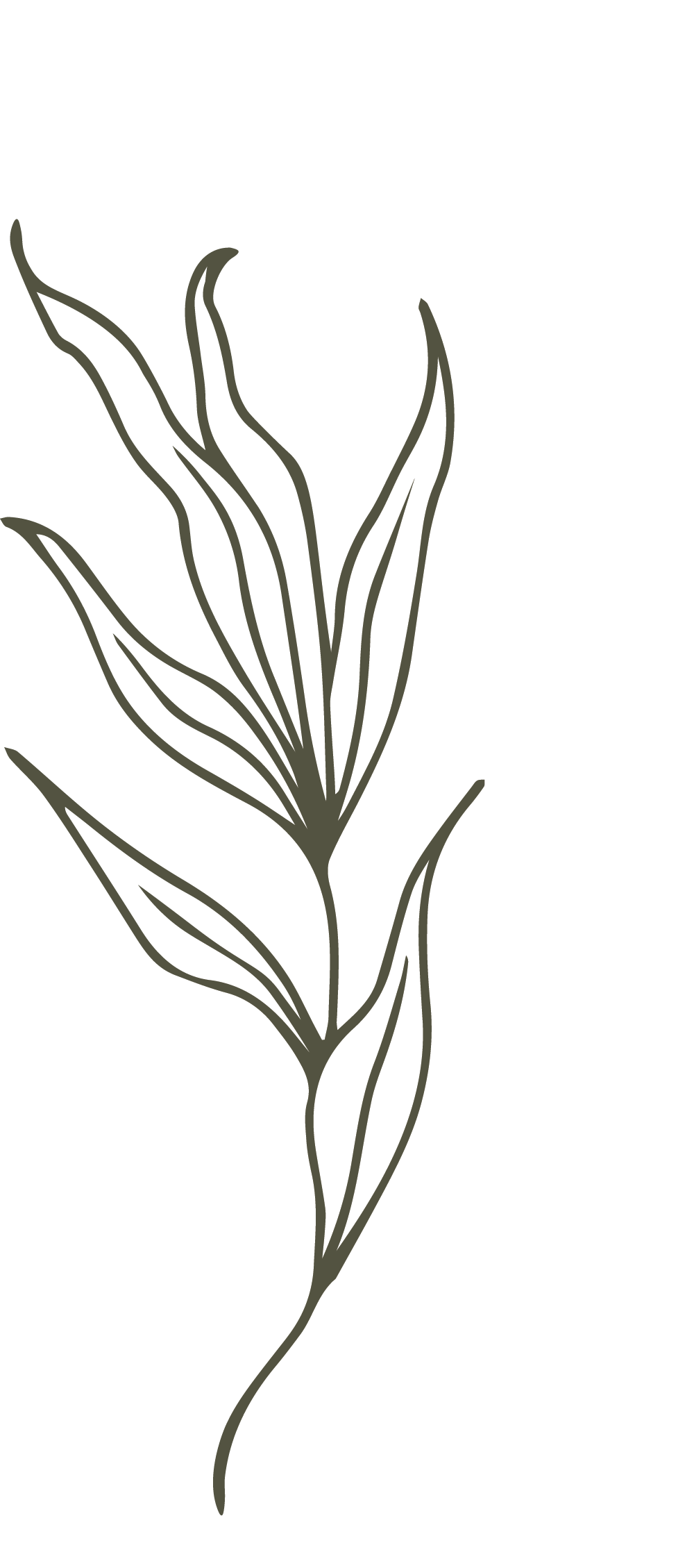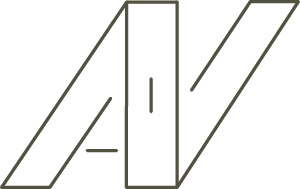Design of an automatic irrigation system


Automatic irrigation systems will provide your plants with necessary level of humidity taking into account individual water needs.
Our professional team will take into account the climate, terrain, shadowed areas and soil type for automation of watering process.
We use the equipment by the renowned world leaders specialized in development of modern professional equipment for watering and irrigation of a garden and a landscaped plot.
Our professional team will take into account the climate, terrain, shadowed areas and soil type for automation of watering process.
We use the equipment by the renowned world leaders specialized in development of modern professional equipment for watering and irrigation of a garden and a landscaped plot.
We develop projects for irrigation systems of any complexity. We carry out a full range of work on the collection of information base. Based on it, we compile a list of basic conditions for the formation of an individual project of automatic irrigation of plants on the site.
Features of irrigation system design
The irrigation project, made by our specialists, contains all the necessary information for the implementation of the irrigation system:
After the completion of all necessary works, the project documentation is made. It can be used as a "service book" for the maintenance of the irrigation system. Data collection and development of project documentation is performed by our specialists in 9 stages.
- description of equipment functionality;
- places for installation of watering devices;
- water supply pipes layout;
- power cables layout;
- hydraulic calculations;
- watering recommendations;
- instructions for deconservation of the system;
- drawings of solenoid valves, and sprinkler mounting units;
- the scheme of installation of the rain sensor;
- the list of the equipment, necessary for installation of automatic irrigation;
- other documentation.
After the completion of all necessary works, the project documentation is made. It can be used as a "service book" for the maintenance of the irrigation system. Data collection and development of project documentation is performed by our specialists in 9 stages.
Stage 1: Study of the site plan
Analysis of the plan of the territory where the irrigation is needed, as well as all buildings and communications. The water supply points, and their capacity are considered. The plan should also include:
- fences;
- approaches to premises;
- dimensions of all objects;
- paths, entrances.
- existing and designed plants
Stage 2: Selection of irrigators
Sprinkler - the main element of the irrigation system. The type of irrigator depends on the size of the territory and the required watering density. There are 3 types are commonly used::
- Rotary type. It waters with 1-2 powerful jets of water. Effective in situations where you need to cover the maximum area with one sprinkler. But rotary devices are suitable for sparsely planted areas. Otherwise, the water will not reach certain areas (will remain on the plants).
- Fan type. Nozzles mounted on the sprinkler (irrigation head) provide watering within radius of 60 cm to 5.2 meters. It uses about 0.01-1 cubic meter of water per hour. It`s suitable for densely planted areas.
- MP Rotator. The solution from the company Toro, which reduces the cost of watering by 30-50%. One nozzle of this type can cover an area of 3.5 acres. The same time water consumption is minimal.
Stage 3: Calculation of the amount of irrigation zones
The solenoid valve connected to the controller is the main element in the calculation of irrigation areas. One such valve is equal to one zone. Each zone has a capacity of 1 to 4.5 cubic meters per hour o, depends on the diameter of the pipe which the system will be connected to.
There are 2 options for the installation of automatic watering:
There are 2 options for the installation of automatic watering:
- Without a pump and reservoir. Suitable in cases where the watering plan needs to be arranged in a small area, and water is supplied to the system from a well under pressure. The diameter of the pipe will be a deciding factor in the calculation. If it is less than 3.2 cm, the zones will be short, no more than 1.8 cubic meters per hour will pass through them.
- With a pump and reservoir. The best way to organize watering. The advantage is independence from other sources of water supply. Also, the solution does not interfere with the intake of water from other equipment. Fully autonomous irrigation system, suitable for any area.
Stage 4: Grouping of irrigators within irrigation zones
Grouping is necessary because different types of sprinklers cannot be combined on the one valve. Grouping also helps to divide irrigators by plant types. As a result, each zone will unite nozzles of one type.
But it is also important to ensure equal water consumption in each area. For example, if you have 12 zones, you can make for each of them an average water consumption of 6 cubic meters per hour. The number of sprinklers in each zone may be different.
But it is also important to ensure equal water consumption in each area. For example, if you have 12 zones, you can make for each of them an average water consumption of 6 cubic meters per hour. The number of sprinklers in each zone may be different.
Stage 5: Construction of the main highway
The works are carried out during the implementation of the irrigation project. The main pipeline is a pipe under constant pressure. It delivers water to irrigation areas. This pipeline will allow:
- Minimize pressure losses along the pipeline.
- Provide the possibility of parallel connections (e.g. water outlet) without reducing efficiency.
Step 6: Calculation of the optimal pressure
It is the most complex valve in the territory. After all, it is characterized by high consumption, and its irrigators need high pressure. Step by step calculation of the optimal pressure is done in the following way:
- The length of the pipe from the pump to the remote sprinkler is measured.
- The pump pressure is determined for that sprinkler.
- According to the pump workschedule, the operating point is set according to the consumption in each zone.
- The diameter of the pipes is calculated (to make the pressure loss from the pump to the remote sprinkler less than the pressure difference between the outlet and the last sprinkler).
Step 7: Select controllers
The controller must match the number of zones.
It can be mounted indoors or outdoors. There are controllers for 2, 4, 6, 8 zones, and so on. The more zones, the more expensive the device is.
It can be mounted indoors or outdoors. There are controllers for 2, 4, 6, 8 zones, and so on. The more zones, the more expensive the device is.
Step 8: Calculation of watering duration
It is necessary to determine the maximum continuous operating time of the system. For fan type of zones, the duration of watering is usually 3-4 minutes. For rotary types - 10-15 minutes.
There is also a type of nozzles that operates at low pressure and with low water consumption. They are installed when there are very low water limits. They can operate under a pressure of 1 atm. And they work for about 20 minutes.
There is also a type of nozzles that operates at low pressure and with low water consumption. They are installed when there are very low water limits. They can operate under a pressure of 1 atm. And they work for about 20 minutes.
Step 8: Calculation of watering duration
Within the last step, a detailed description of the system and its components is included in the project. Everything is described as simply and clearly as possible. So absolutely anyone could understand.
The cost of the lawn watering project
The cost of designing automatic irrigation depends on various factors:
- area size;
- soil type;
- used equipment etc.

Design your garden?





